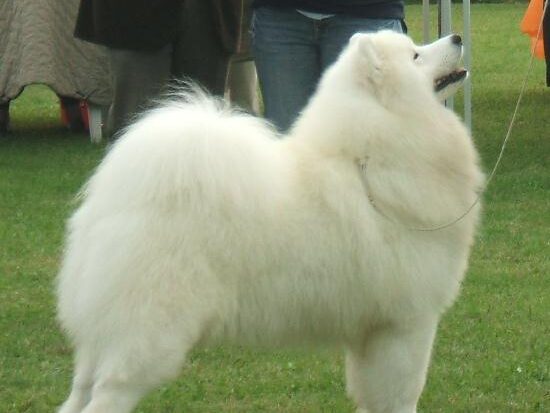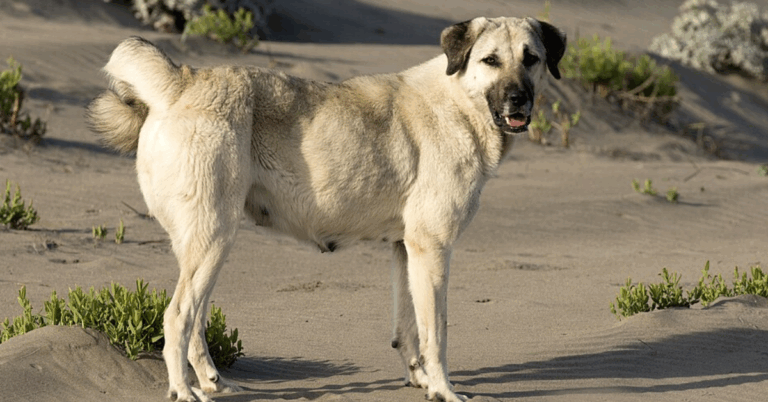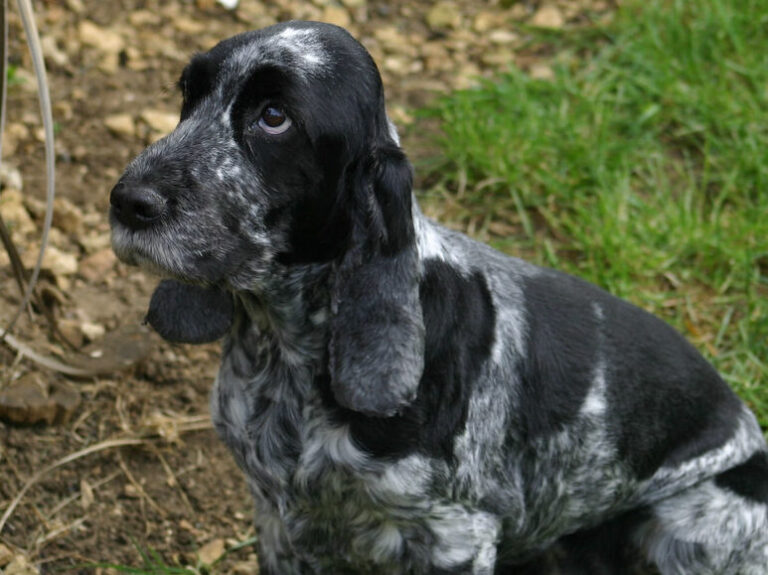20 Tips to Check If Your Dog’s Getting the Right Portion Size

There’s more to feeding your dog than just scooping kibble into a bowl. It is important to get their portion right so they can stay healthy and energetic. This guide reveals 20 easy tips to check if your dog’s getting enough (or too much) food so you can keep them feeling great every day.
Check Their Body Shape
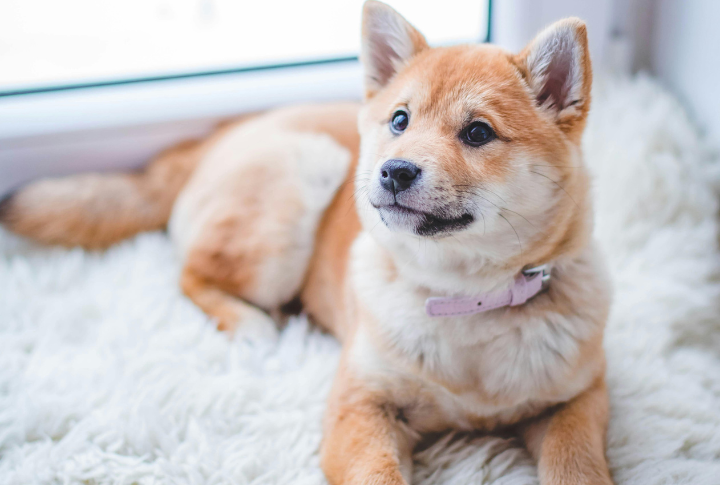
Look at your dog from above—do they have a slight waist after their ribs? A visible waistline signals they’re at a healthy weight and a slightly rounded belly could mean it’s time to cut back on their portions. Spotting these body signs can be an easy way to gauge portions.
Notice Their Energy Levels

Watch how they play and rest to clue into their meal needs. When a dog is well-fed, they have balanced energy. If your pup’s tired or sluggish, they might need a meal adjustment. Overfed dogs can seem lazy, while underfed ones might seem low on energy.
Assess Gum Health
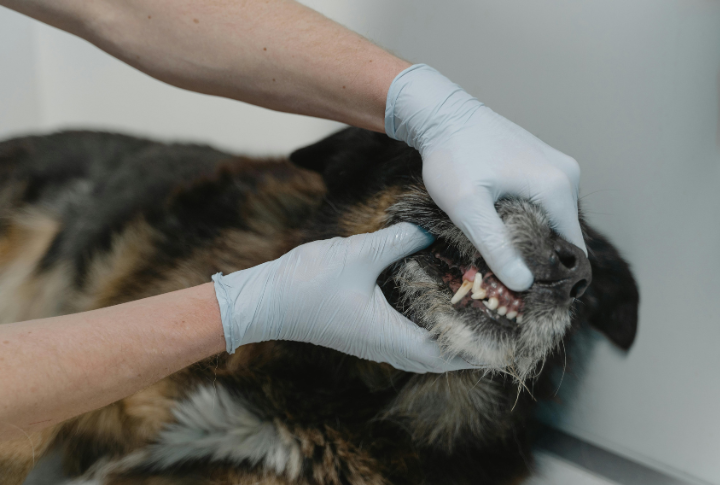
Regularly examining your dog’s gums can provide clues about their overall health, closely tied to their diet. Healthy gums should appear pink and have a firm texture when touched. If you detect that your dog’s gums are red, pale, or dry, this could indicate nutritional deficiencies or dehydration.
Monitor Bathroom Habits
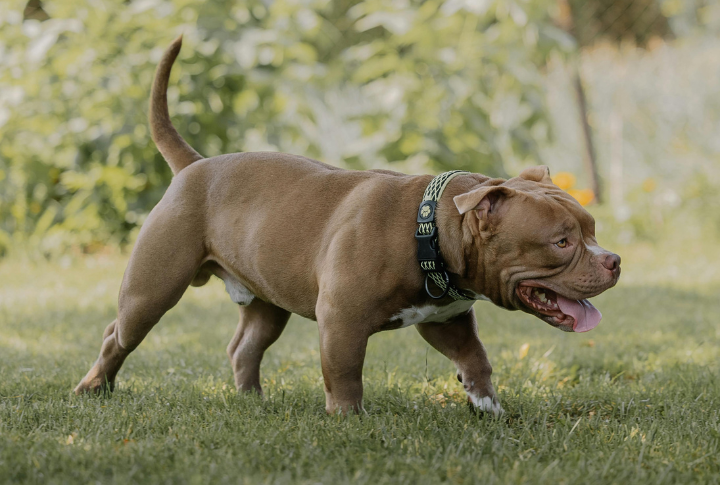
If their poop seems frequent or extra large, they might be overeating. On the flip side, tiny or infrequent stools could mean a bit more food is needed. Paying attention to this simple daily habit can give you real insight into feeding habits.
Check for a Healthy Coat
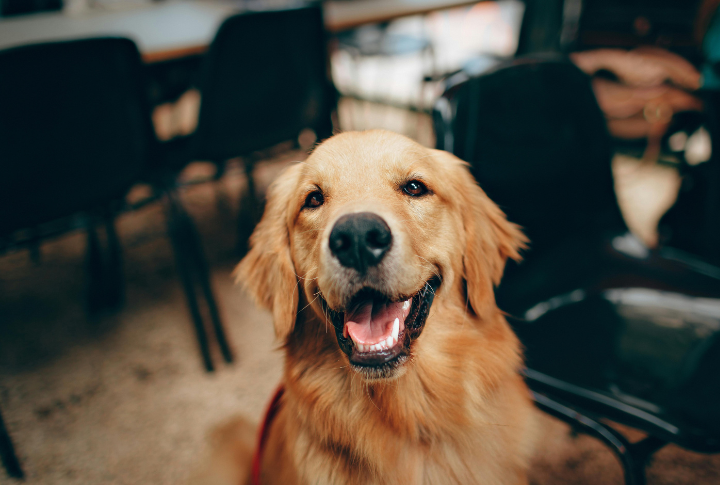
A shiny, soft coat indicates your pet is receiving balanced nutrition. Healthy fur is fueled by the right diet and flaky or dull fur can be a sign that their diet is lacking in essential nutrients. Keep an eye on their fur’s health; it provides important clues about the quality of their diet.
Watch Their Appetite
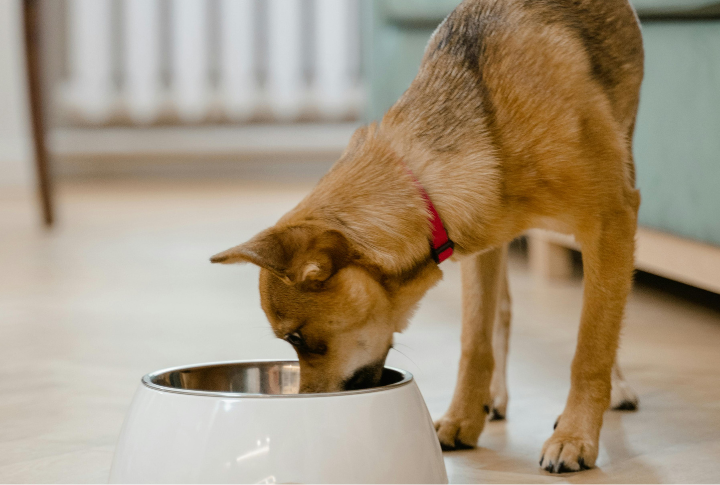
Healthy dogs usually finish their meals. If they seem uninterested or leave food behind, it could be a sign they’re overfed or not enjoying the food. Adjust the portion sizes and observe when they finish their meals—appetite is often a quick hint to the right amount.
Weigh Regularly
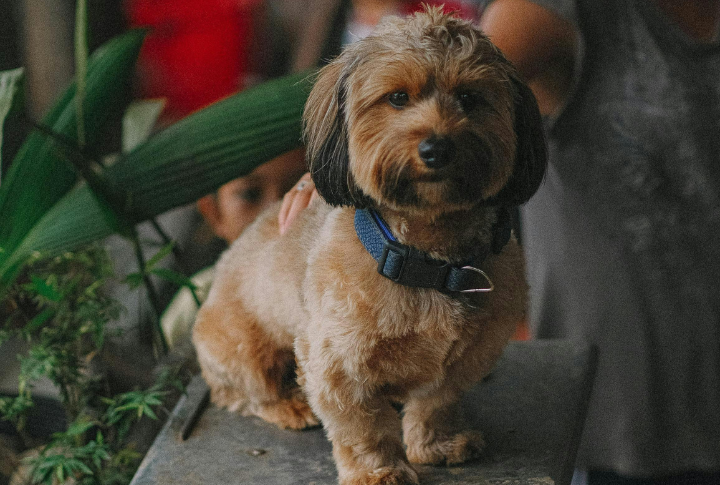
This habit monitors any creeping changes and ensures that you’re staying on track for long-term health. Monthly weight tracking can indicate whether portions are appropriate. A gradual increase or decrease in weight might suggest that you need to adjust your food intake for a healthy balance.
Evaluate Treat Frequency
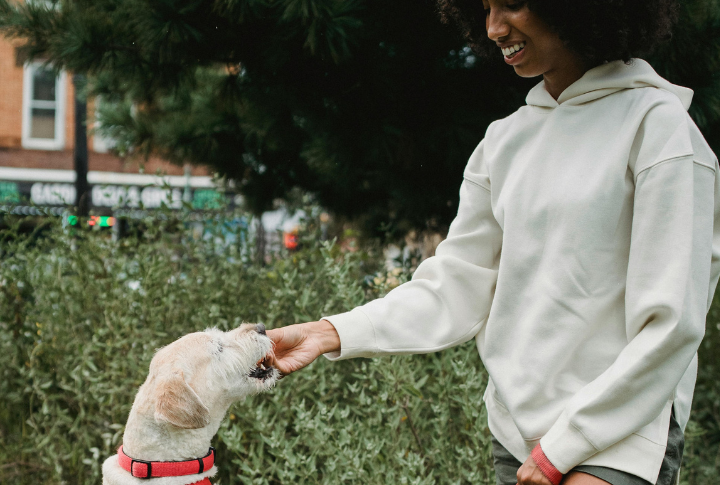
While treats are a great way to train and bond with your dog, it’s important to moderate them. To avoid nutritional imbalances, treats should not constitute more than 10% of your dog’s total caloric intake. Over-treating can lead to weight gain and disrupt the nutritional balance.
Scrutinize Sleeping Patterns

Sleeping patterns can tell you a lot about whether your dog is getting the right amount of food. When well-fed, they should be able to sleep comfortably. An overfed or hungry dog may sleep restlessly or wake up frequently at night.
Assess Their Muscle Tone

If your pup’s looking too lean or losing muscle, they might need a bit more food. Observing their muscle tone and strength can provide subtle clues about their nutrition. Dogs who are active and receive the right amount of food often have well-defined muscles.
Feel Their Stomach After Eating

Learning what a “just right” stomach feels like helps you adjust portions with confidence. After meals, a light press on their stomach should feel soft but not overly firm. By consistently checking, you can make more knowledgeable decisions about their diet and modify their food intake as necessary.
Observe Water Intake

Excessive drinking can indicate that the meal is too salty or lacks moisture. In case they’re drinking water more frequently, it may be time to adjust their diet. Imbalances in food proportions can often be detected through changes in hydration habits.
Track Their Mood
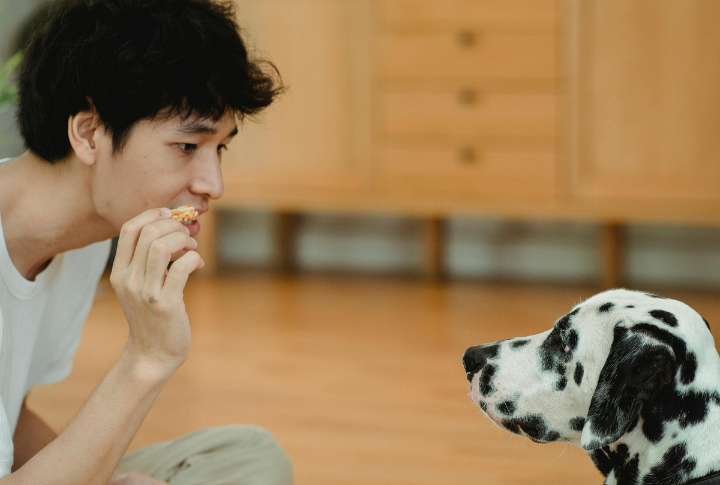
Pay attention to their behavior, as it can provide clues about their dietary needs. A grumpy or sluggish dog might need a slight meal change to feel their best again. Pups with balanced meals often seem happy and relaxed. Overfed or underfed dogs can show mood swings or restlessness.
Use Portion Control Tools
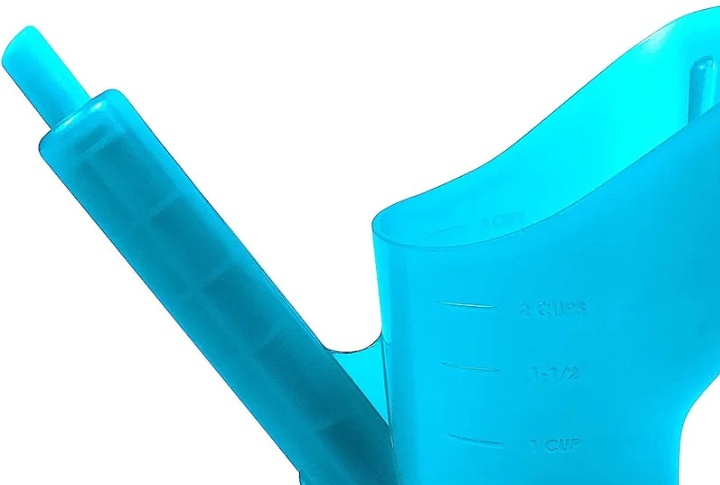
Measuring cups can help avoid over or under-feeding. Guesswork often leads to inconsistencies, but measuring food ensures they get the right amount every time. Use portion control tools to help maintain their health and prevent unnecessary weight gain.
Monitor Seasonal Changes

Their dietary needs can change with the weather. In colder months, they may require more calories to help maintain their energy levels and body temperature. Conversely, they might need less food during the summer as their activity levels decrease and they seek to stay cool.
Check Their Breath
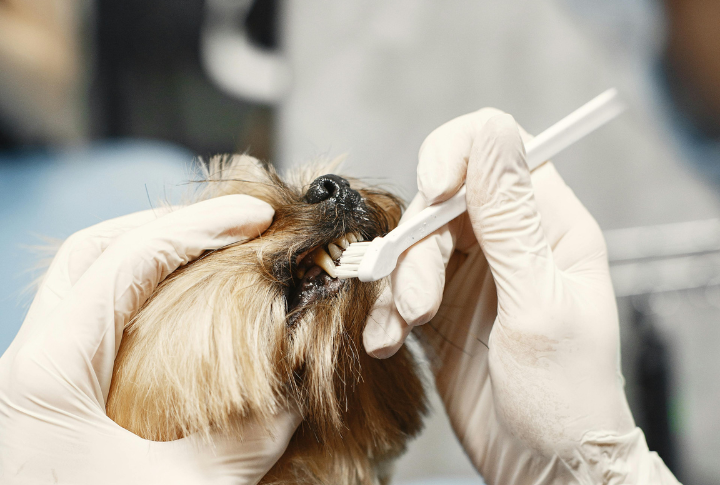
Bad breath will signal more than just a need for better dental care; it can be a red flag for digestive issues often tied to diet. Sometimes, it’s a sign of overeating or eating too fast, which can disrupt digestion and lead to other health problems.
Observe Social Behavior
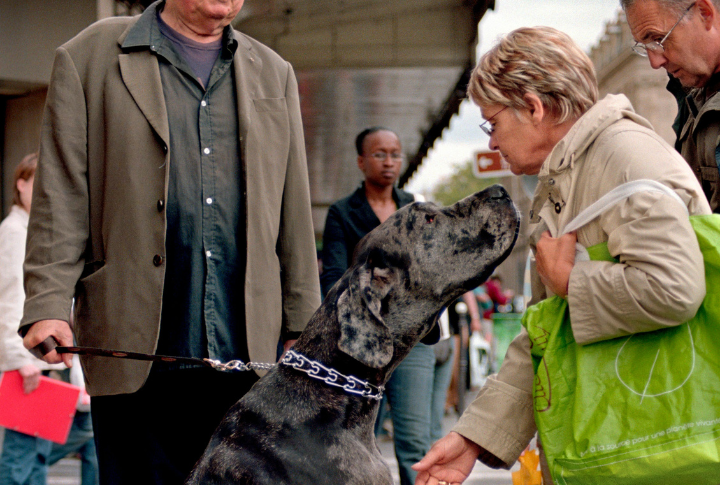
Well-nourished dogs are typically more even-tempered and sociable. If you notice a change in how your dog interacts with humans or other animals—such as increased aggression or withdrawal—it might be a sign that their diet lacks key nutrients or that they are either underfed or overfed.
Get the Vet’s Opinion
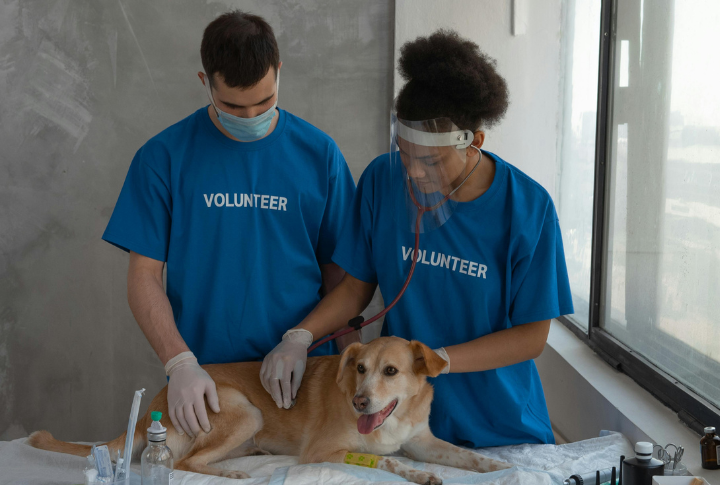
By relying on their guidance, you can ensure you’re providing the perfect portion and keeping your pet happy and healthy. The vet can help determine if you’re feeding the right amount. Regular check-ups can catch subtle weight or health changes that might go unnoticed.
Experiment With Smaller Meals

Splitting meals can help you observe how they respond. Smaller portions more often might work better, especially if they’re acting hungry after meals. Experiment with timing to reveal what works best for their digestion and satisfaction.
Adjust Based on Activity Levels
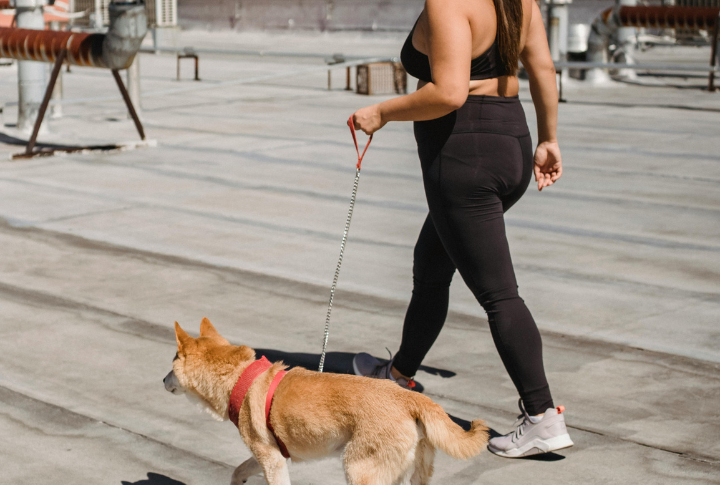
Active dogs need more fuel, while calm dogs need less. Adjust portions based on their daily activities—like humans, their calorie needs vary with exercise. Keeping up with their energy means keeping portions in line with their lifestyle.

